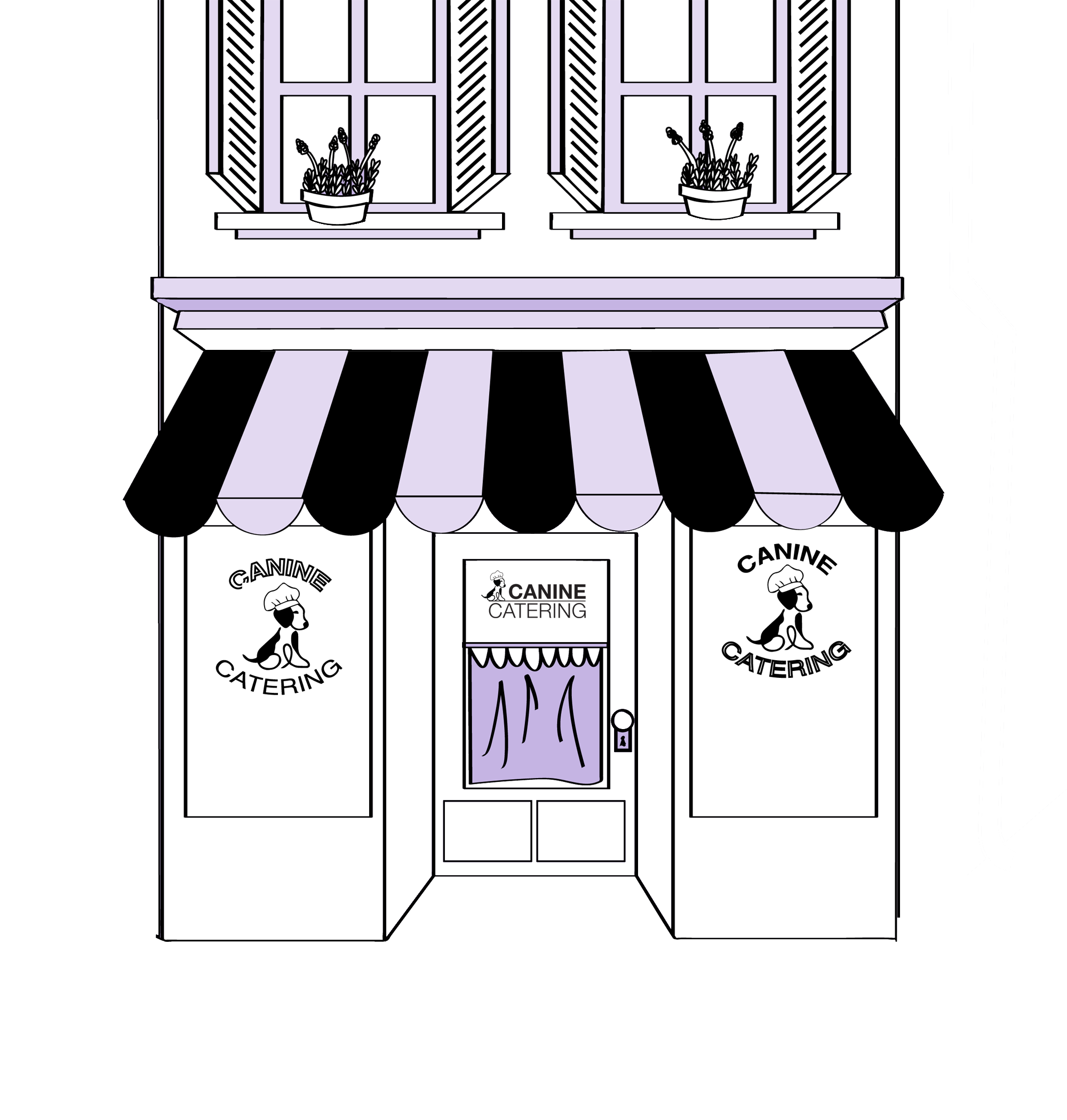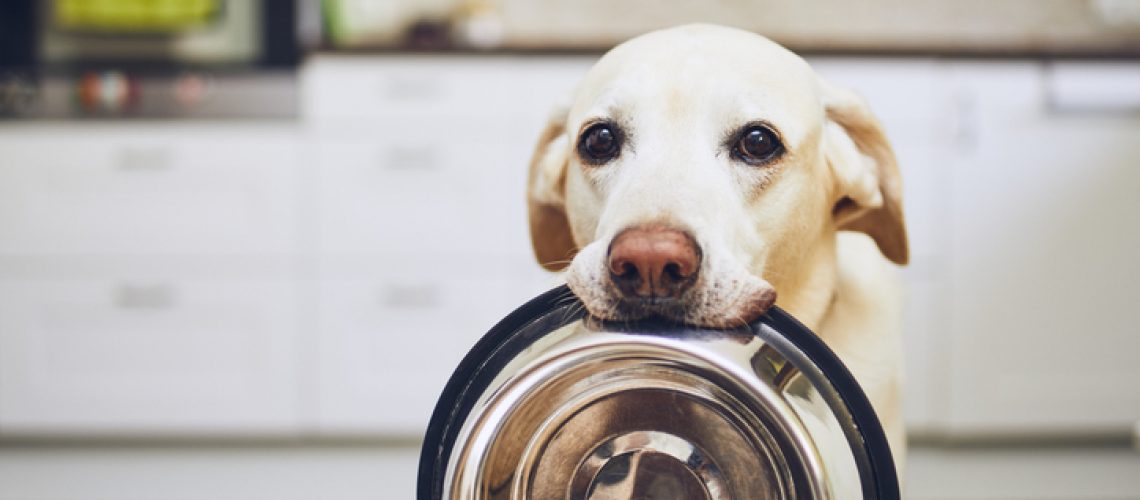How many times a day should you feed your dog? Our guide can help you make an informed decision that suits your dog’s individual needs. The guide is for adult dogs, so if you have a puppy, please scroll below.
A handy tip – whether you feed once or multiple times a day, try to stick to regular times. Just like people, dogs get into the habit to expect food at a certain time, so then their body is set up to feel hungry at that time. This is helpful if you’ve a dog who isn’t very food-motivated.
Two meals a day
Advantages
Medication: Two meals a day are a good idea if your dog needs to take medication with food morning and night, or you need to hide a pill. (More tips for hiding pills here).
Some medical conditions: (such as gastroesophageal reflux and diabetes) mean a dog should only eat small amounts of food at a time.
Reduced Bloat Risk: Two meals significantly lower the risk of bloat, especially in susceptible breeds such as large and deep-chested dogs, and those who bolt their food
Improved Digestion: Smaller, more frequent meals are generally easier to digest and allow for better nutrient absorption
Stable Energy Levels: Two meals a day can help maintain more stable blood sugar levels and prevent energy crashes, particularly important for active sport or working dogs
Reduced Hunger and Begging: More frequent meals can help satisfy a dog’s appetite and reduce begging behavior
a dog’s appetite and reduce begging behavior
Comfort: The stomach empties in a few hours, and after around 8 hours it starts signalling the brain it’s time to eat again. Being hungry for a long time is a very unpleasant feeling, and can understandably lead to behaviour issues
Notice signs of illness quicker. If food is left, it can be a sign of ill-health developing.
Weight loss plan. A dog that’s highly food-motivated will cope better with dietary restrictions if they know they’re not going to have to wait too long for the next meal
Disadvantages
Requires More Planning: Twice-a-day feeding requires more planning and consistency to adhere to the feeding schedule
Increased Cost (Potentially): Although unlikely, some very active dogs may need a slightly larger daily food ration split into two meals, which would then result in increased costs
More Mess: Depending on what you feed your dog, more meals can mean more frequent mess to clean up.
One meal a day
Advantages
Convenience: Once-a-day feeding simplifies your schedule. You only need to measure and provide food once, saving time and effort
Easier Monitoring: If your dog is a picky eater, offering food once daily allows them to fully focus on consuming it without distractions throughout the day, making it easier to monitor intake
A dog who likes to graze: If you’ve one dog only, you could leave the bowl down for a while. If you’re home, preferably put it away, and then offer it several times a day.
Disadvantages
Bloat Risk: For large or giant breed dogs, and those with deep chests, consuming a large meal at once can increase the risk of bloat (gastric dilatation-volvulus), a life-threatening condition
Hunger and Discomfort: Some dogs may experience prolonged periods of hunger and discomfort between meals, leading to begging or scavenging behaviour
Nutrient Absorption: A single large meal might not be as efficiently digested and absorbed as smaller, more frequent meals
Potential for Overeating: If a dog is very hungry, they might eat too quickly, potentially leading to digestive upset.
Puppies
Puppies need multiple meals a day, in controlled portions. Don’t let a puppy eat as much as they like at one time, as it can lead to later health problems like juvenile obesity, binge eating, diabetes and orthopedic issues. VCA Hospitals says: “Dogs have a genetically determined “set point” for their adult size. Slower, controlled growth in puppies optimizes body condition in adulthood. However, feeding three to four meals a day can be helpful, as it breaks up the day’s food into smaller volumes for a puppy’s small belly.”
Summary
Bear in mind your dog’s health conditions, age, breed, and activity level, and if in doubt, ask your vet.
How’d it go? Share your stories and tips in the comments!




